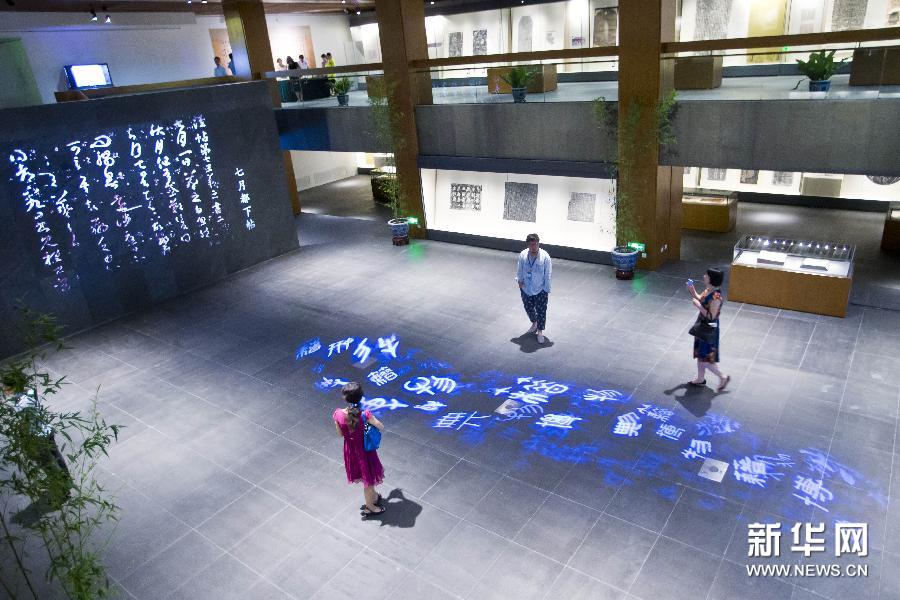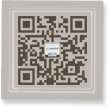- 中文
- EN
- Français
- 日本語
- 한국어
- 繁體中文
China Opens First Museum of Literary Classics

After detailed restoration in a heavily guarded warehouse, the cream of China’s literary works have finally found a home. It is the National Museum of Classic Books in Beijing, and it is filled with literary masterpieces.
Established by the National Library of China after two years of preparation, the museum is the country’s first public institution focused on ancient classic books.
It has the world’s only remaining manuscript of "Zizhi Tongjian," a pioneering reference work in Chinese historiography, compiled by Sima Guang nearly 1,000 years ago.

"Everything is very precious, such as Sima Guang’s manuscript. This is the ancient world, like so many important oracles, such as Si Ku, the Yongle Dunhuang calligraphers, all are very precious, very rare," Li Honglin, National Museum of Classic Books deputy director, said.
Officials say that the museum is home to 2.75 million copies of classics published before 1911, which include metal and stone rubbings, rare books and old maps. The 800 most precious works have been put on display as an opening gift for visitors.

"Ancient classic books are a historical witness to China’s consistent civilization throughout thousands of years. The Chinese characters written in these books have to be seen. A combination of museum and library will bring our readers new experiences," Lu Fangyu, director of National Library of Ancient Stone Group, said.
There is also a western section among the nine exhibition halls. In addition to the first set of official world maps, there is much literature written by foreigners in China. And in an 18th century map, a western influence can be seen on the Chinese emperor and queen.
"Look carefully and you will find that although the emperor is in Han clothes, his facial expression and body have characteristics from the western world," narrator of Ancient Pavilion Zhang Yao said.
To make the tour more entertaining, visitors can make their own rubbings, and can also print out official scripts.
The first exhibition, tentatively scheduled to run for three months, will begin receiving groups of visitors on August 1. Individual visitors will be allowed from September 9.



